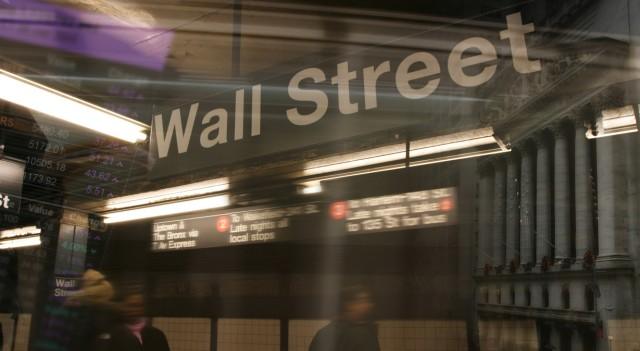
The major U.S. index futures are currently pointing to a higher open on Wednesday, with stocks likely to extend the upward move seen over the course of the previous session.
The futures had been indicating a roughly flat open but jumped into positive territory following the release of a highly anticipated Labor Department report showing consumer prices in the U.S. rose by slightly less than expected in the month of April.
The Labor Department said its consumer price index increased by 0.3 percent in April after rising by 0.4 percent in March. Economists had expected consumer prices to climb by another 0.4 percent.
Excluding food and energy prices, core consumer prices still rose by 0.3 percent in April after climbing by 0.4 percent in March. The increase in core prices matched economist estimates.
The report also said the annual rate of consumer price growth slowed to 3.4 percent in April from 3.5 percent in March, in line with expectations.
The annual rate of core consumer price growth decelerated to 3.6 percent in April from 3.8 percent in March. The slowdown also matched estimates.
Following yesterday’s hotter-than-expected producer price inflation data, the report is likely to add to recently renewed optimism about the outlook for interest rates.
Stocks fluctuated over the course of the trading session on Tuesday before eventually ending the day mostly higher. The major averages all moved to the upside, with the Dow bouncing back after snapping an eight-day winning streak on Monday.
The tech-heavy Nasdaq led the way higher, advancing 122.94 points or 0.8 percent to a new record closing high of 16,511.18. The S&P 500 climbed 25.26 points or 0.5 percent to 5,246.68 and the Dow rose 126.60 points or 0.3 percent to 39,558.11.
The higher close on Wall Street came as treasury yields moved to the downside after an early advance, with the yield on the benchmark ten-year note falling to its lowest closing level in over a month.
Treasury yields initially moved higher following the release of a Labor Department report showing producer prices in the U.S. increased by more than expected in the month of April.
The Labor Department said its producer price index for final demand climbed by 0.5 percent in April after a revised 0.1 percent dip in March.
Economists had expected producer prices to rise by 0.3 percent compared to the 0.2 percent uptick originally reported for the previous month.
The report also said the annual rate of producer price growth accelerated to 2.2 percent in April from a downwardly revised 1.8 percent in March.
The year-over-year producer price growth was expected to inch up to 2.2 percent from the 2.1 percent originally reported for the previous month.
However, while the report initially generated renewed uncertainty about the outlook for interest rates, some economists pointed to the downward revisions to the March data as a positive sign.
“In effect, with the revision, the PPI rise was as expected. Proof of that was in the 2.2%, as-expected rise in the year-on-year PPI,” said FHN Financial Chief Economist Chris Low. “Still, it is not all benign, as there is brewing pressure in the Core PPI.”
Traders also kept an eye on remarks by Federal Reserve Chair Jerome Powell at the annual general meeting of the Foreign Bankers’ Association.
Powell said the central bank needs to “be patient and let restrictive policy do its work,” noting a lack of further progress on inflation during the first quarter.
The Fed chief also said his confidence inflation will slow towards the 2 percent target is “not as high as it was” but reiterated he does not expect the next move to be a rate hike.
With regard to the producer price inflation report, Powell said he’d call the data “mixed” rather than “hot” due the downward revisions to the March data.
Networking stocks moved sharply higher over the course of the session, driving the NYSE Arca Airline Index up by 3.0 percent to its best closing level in over a month.
Computer hardware and semiconductor stocks also saw significant strength on the day, contributing to the advance by the tech-heavy Nasdaq.
Considerable strength was also visible among airline stocks, as reflected by the 1.2 percent gain posted by the NYSE Arca Airline Index.
Gold, brokerage and tobacco stocks also saw notable strength, moving higher along with most of the other major sectors.

It looks like you are not logged in. Click the button below to log in and keep track of your recent history.